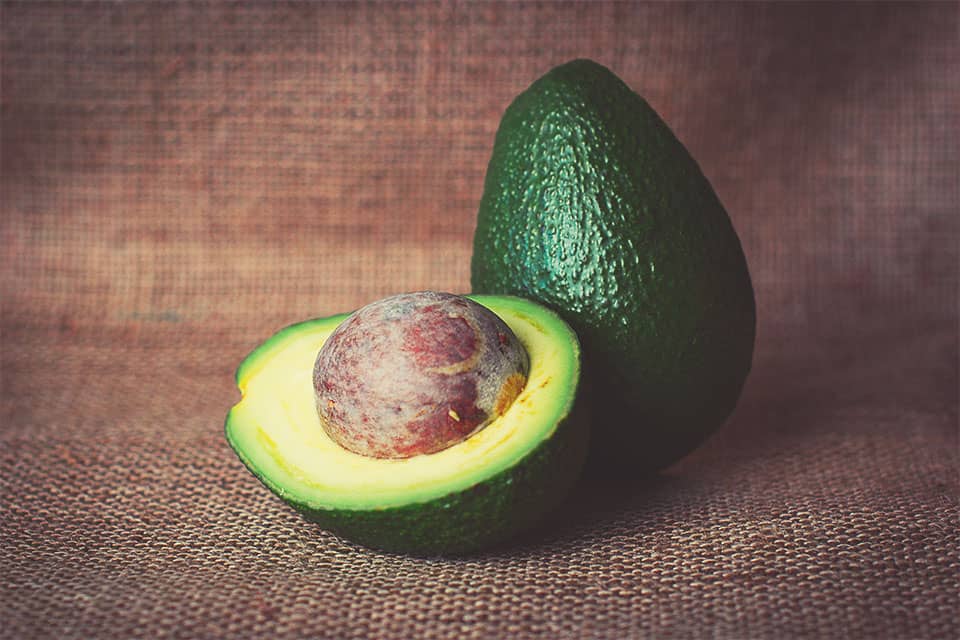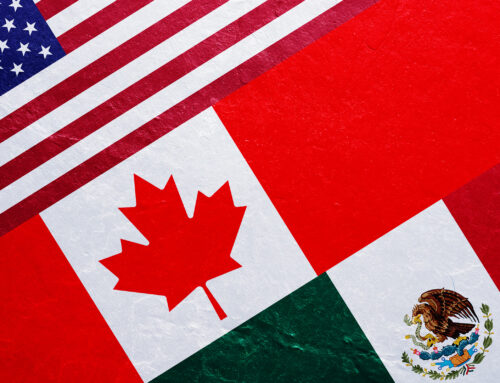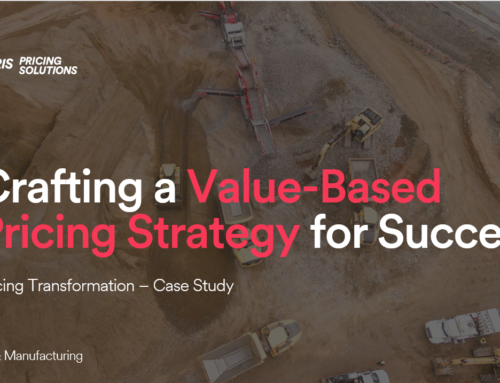The great thing about pricing is that no matter how well run your business is, there are always opportunities to significantly improve profits through making shrewd pricing moves.
I think that Chipotle is one of those businesses that is well run and has a big opportunity. They have a lot going for them; their product is very fresh; the ingredients are of exceptional high quality and the food is tasty. More importantly, I like their pricing strategy. They are effective on three key issues:
- Price based on value
- Easy to understand pricing
- Interesting use of price points
They charge a premium price for a steak burrito relative to other burrito chains, but I believe the product is sufficiently differentiated to justify the price gap.
They also use interesting price points. The $10.50* price point is non-traditional, and for many businesses either $9.99 or $10.49 would make more sense. In Chipotle’s case, I believe the $10.50 price point is consistent with their image.
However, there is one component of their pricing strategy that would have me concerned; I love guacamole, but I have never purchased it there.
Why is that?
Guac is extra and it costs around $2.70! That is exorbitant and even though I can afford it, I feel like it is an extravagance I can do without. Other burrito restaurants typically charge $1.09 and I notice almost everyone buys it (90%+ based on my unscientific observation).
So, my question is, why does Chipotle charge an almost 250% price premium? I am sure that the Chipotle guacamole is superior, but that price premium is hard to justify!
I also believe that Chipotle’s guacamole sales are far below what is experienced at most other restaurants. Based on my casual observations the uptake at Chipotle is about 30%.That is a huge gap versus 90% penetration at other restaurants. And if I am right it means a lot of customers who want guacamole are not buying it because of the price.
So you are probably thinking that I would lower the price….right?
Wrong! Charging over a 200% premium may be the correct strategy……although I have my doubts. So, rather than guess, I would run a price test.
The restaurant industry is well suited to price tests and it would be relatively easy to test different price points ($2.90, $2.50, , $2.00). My guess is that Chipotle would see a significant opportunity to boost penetration and profitability, and customer satisfaction based on these tests. If I am right, then they would adjust their pricing and I would be enjoying their guacamole on a regular basis!
So Why Test Different Price Thresholds?
Many restaurants miss out on potential profits from not conducting price-point testing and pricing research. From our experience, customers process certain numbers differently, so by understanding their pricing perception, your business can further maximizse volume and profits!
Setting prices that are either too high or low could drive away customers… In their mind, the most appealing price isn’t always the lowest one.
Running Price Tests
The goal of pricing is to set prices that are both desirable to clients and healthy for profit margins. But how do you know what price your customer desires? You evaluate their perception of price via pricing research or price tests!
For example, one of our QSR clients wanted to proceed with a price increase to keep up with the increase in minimum wage. To provide them with the correct pricing strategy, our team measured price elasticity at the store, product, and channel level.
We custom built a statistical model based on a method called “Fair Price or Think Twice” (picture below) which uncovered key price thresholds that might be difficult to test in the market. The model suggested the maximum acceptable price point, without losing share. At the end of this project, we uncovered a seven percent increase in revenue with minimal loss in customer count for this QSR client.
How to Navigate Pricing Thresholds
Customers have psychological price thresholds they are unwilling or hesitant to purchase above. That means that, as a restaurant, you cannot be hung up trying to flirt around this threshold. Once you cross a key price point, continue raising prices to the next logical threshold.
Pricing research shows that customers process certain prices to be lower than they actually are, so when you break a certain barrier, do not do so by a few cents, rather take the price up to the next optimal level.
I’ve written about how increasing prices can be a hard step for restaurants to take, however it is crucial to the health of any company. So, whether your objectives are to re-evaluate your current pricing structures or to actually raise prices, capitalize on psychological pricing and set optimal price points. By doing so you can accurately see the effects of the price change and ensure that you are not leaving any profits behind.
*Please note that all prices are in CAD





